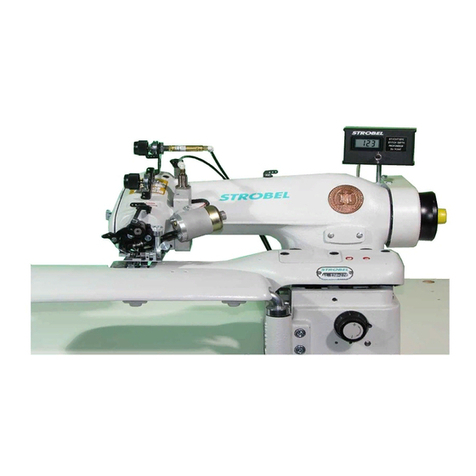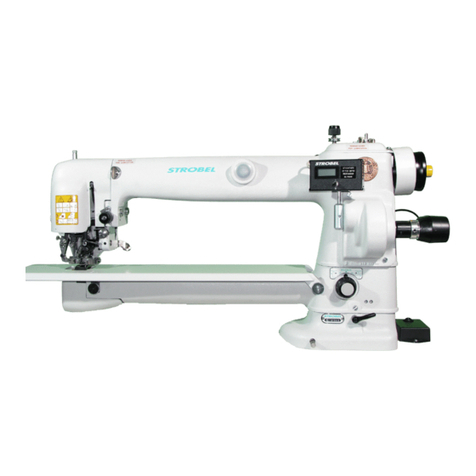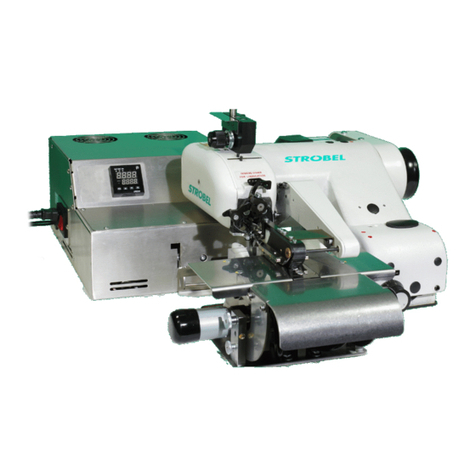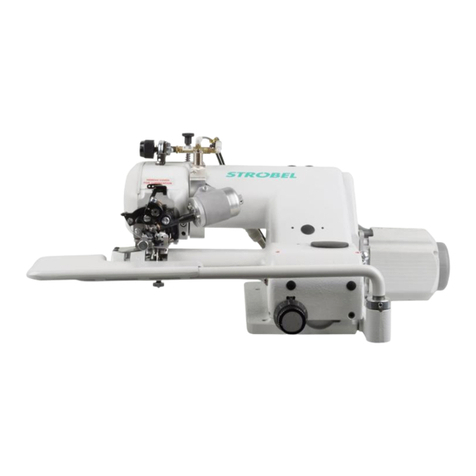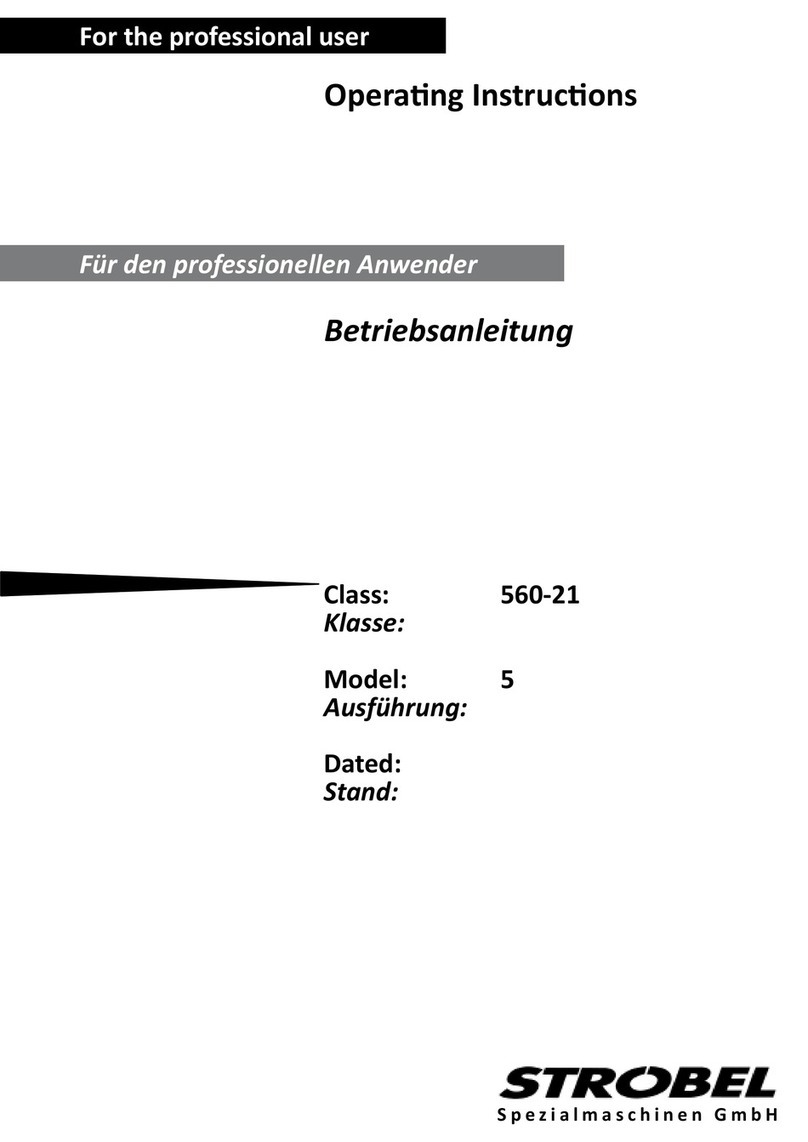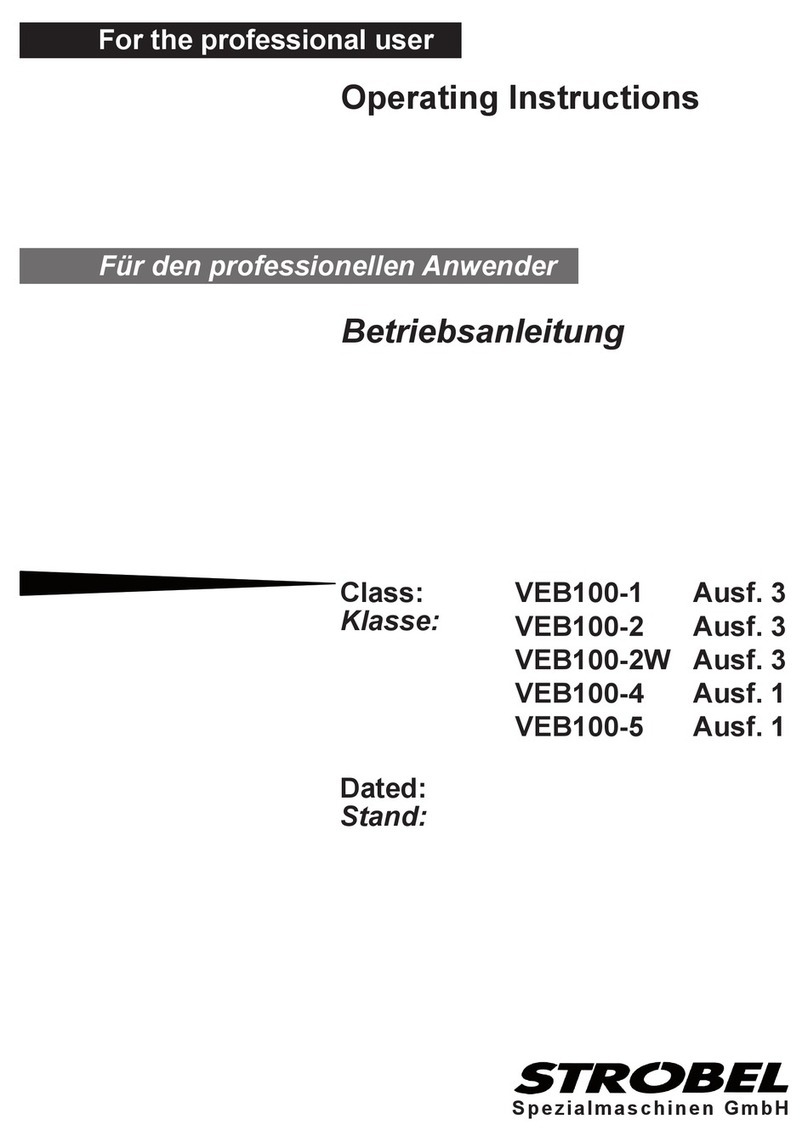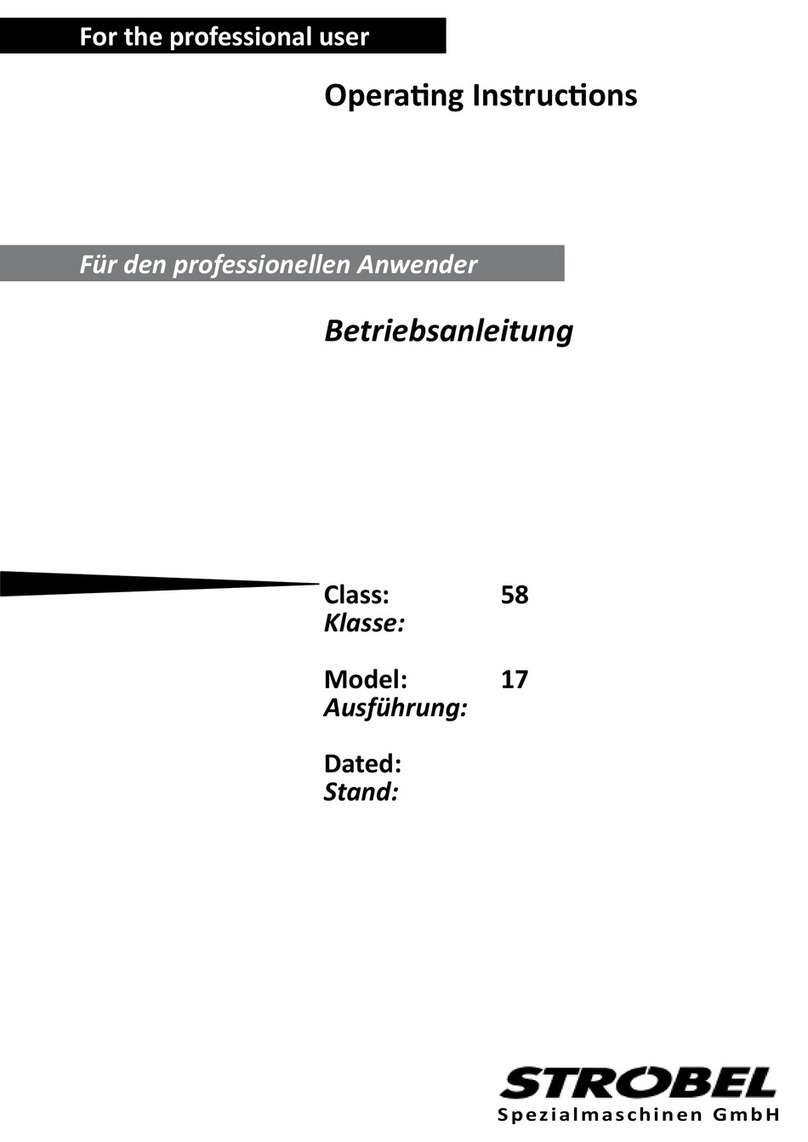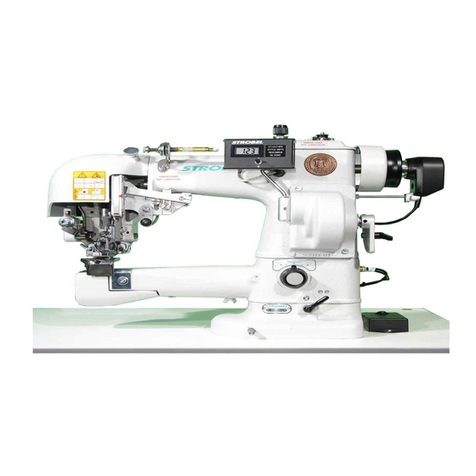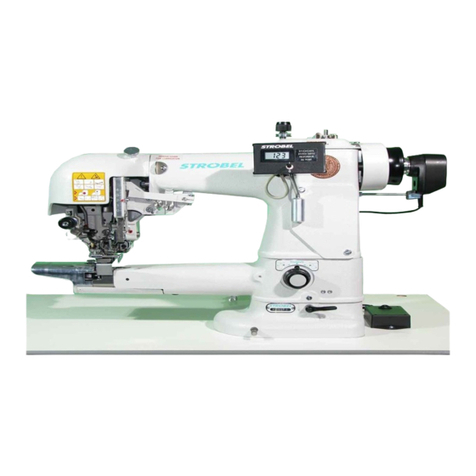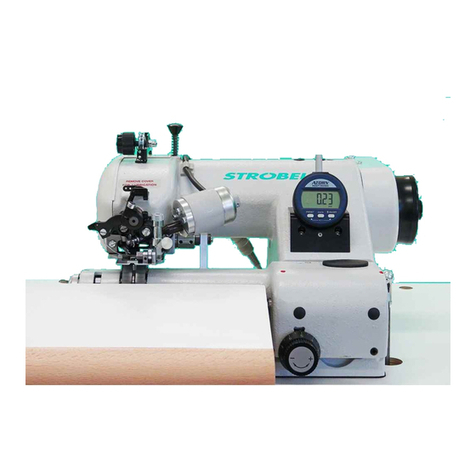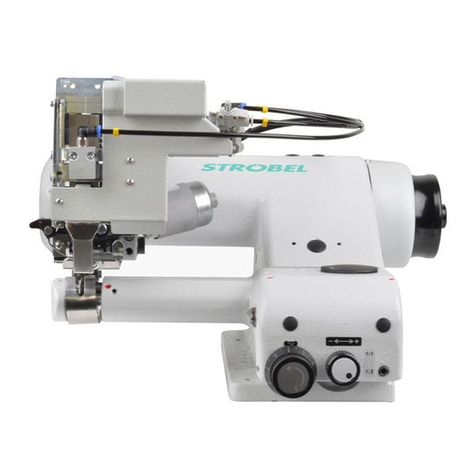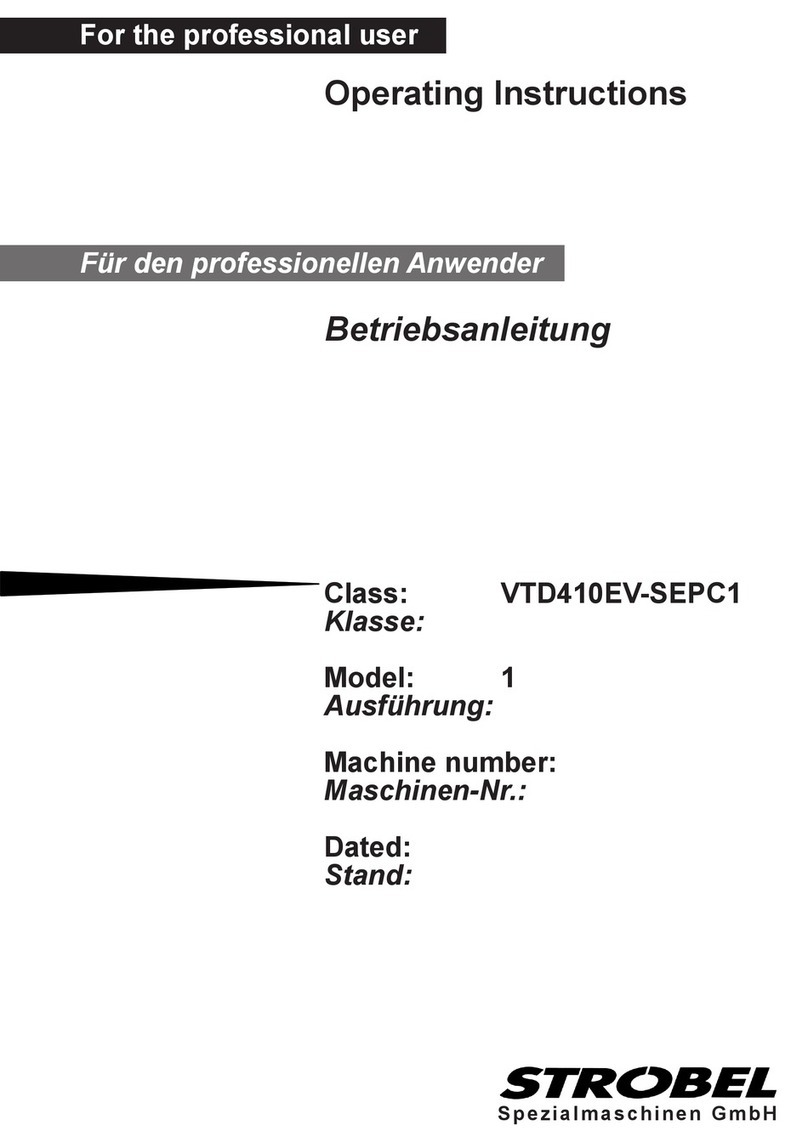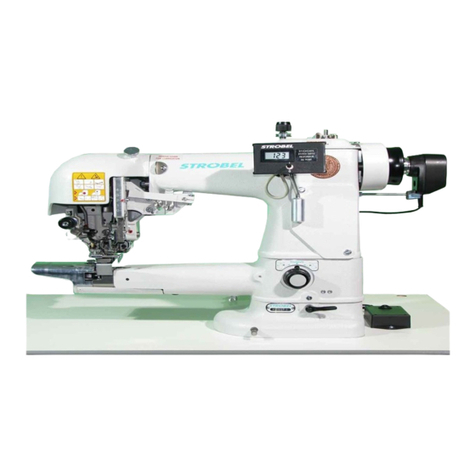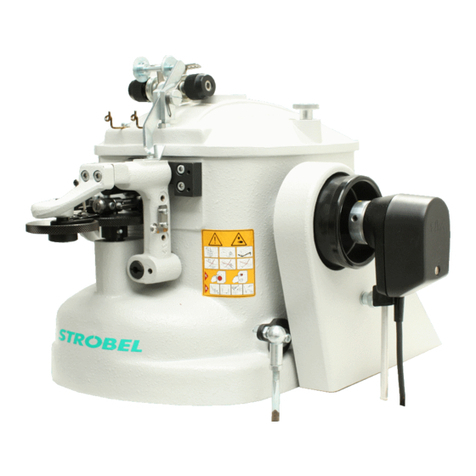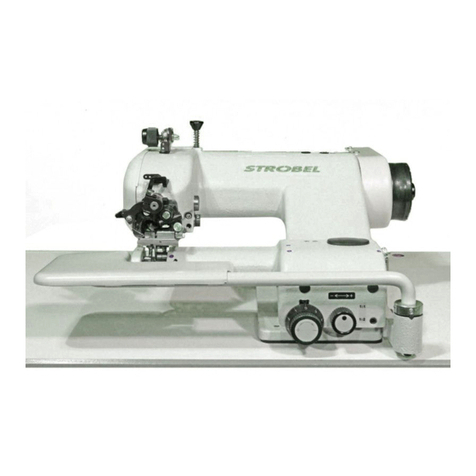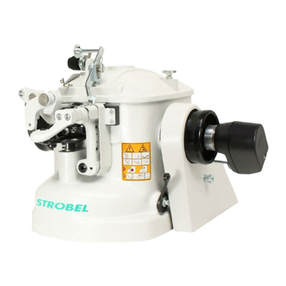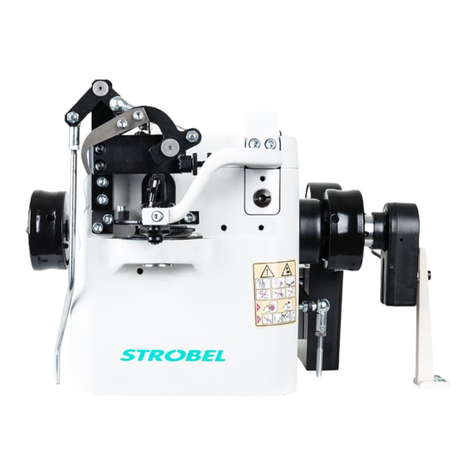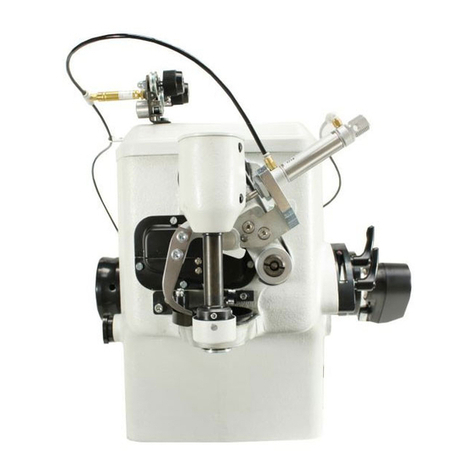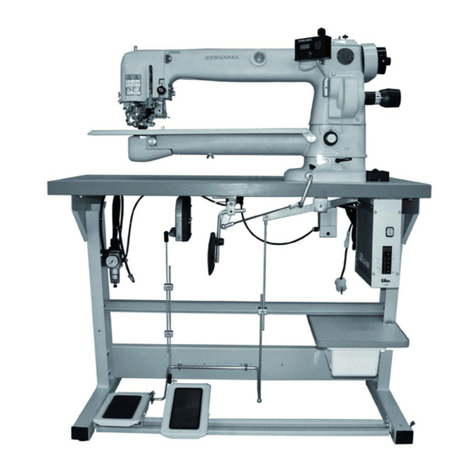
3
Operating instructions
BM345
Table of contents
1General notes on safety ...............................................................................................5
2General notes...............................................................................................................7
2.1 Operating instructions ........................................................................................7
2.2 Class designations, machine number and initial basis for descriptions ..............7
2.3 Applications of the machine ...............................................................................7
2.4 Technical data of machine .................................................................................8
3Setup and installation ...................................................................................................9
3.1 Unpacking the machine......................................................................................9
3.2 Setting up the machine.......................................................................................9
3.3 Direction of rotation on machine.......................................................................10
3.4 Motor drive using tooth belts ............................................................................12
3.4.1 Tension of toothed belt (figure 5) ....................................................12
3.4.2 Machine positions ...........................................................................13
4Notes on usage ..........................................................................................................15
4.1 Needles and threads ........................................................................................15
4.2 Inserting the needles ........................................................................................15
4.3 Threading and thread insertion.........................................................................16
4.4 Thread tension .................................................................................................17
4.5 Thread feeder...................................................................................................17
4.6 Stitch depth control...........................................................................................17
4.6.1 Adjusting the stitch depth ...............................................................17
4.7 Cloth retainer....................................................................................................18
4.8 Sewing material transport.................................................................................19
4.8.1 Adjusting the stitch length ...............................................................19
4.8.2 Adjusting the upper transporter .......................................................19
4.9 Interval .............................................................................................................20
4.9.1 Actuating and adjusting the interval ................................................20
4.9.2 Seams with blind stitches ................................................................21
4.10 Sewing problems and troubleshooting .............................................................23
5Servicing the machine ................................................................................................26
5.1 Lubricants.........................................................................................................26
We reserve the right to make design changes.
From the library of Superior Sewing Machine & Supply LLC - www.supsew.com
